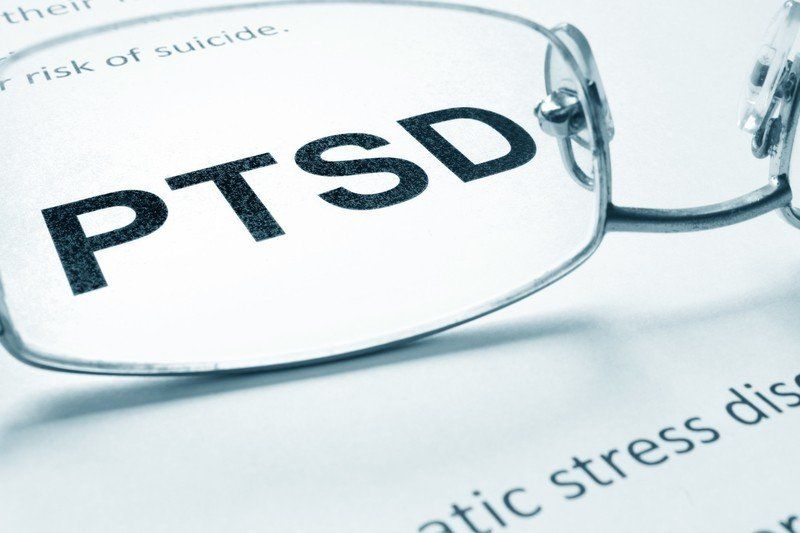How Do You Develop PTSD?
Exposure to personal danger can lead to the anxiety disorder known as PTSD. While the threat of personal danger, such as sexual assault or combat-related injuries, can be very real, this condition can become a crippling phenomenon in which the sufferer returns to the fearful mindset he or she experienced during the threatening event.
What’s PTSD?
Not everyone who undergoes a threatening event develops PTSD. Psycom says that about one in ten people who have endured a traumatic event will develop PTSD. Those who do develop the condition find the returning fear to be a crippling event. The stress of a threatening event can stay in the sufferer's mind and put their body back into fight or flight mode. Some may experience nightmares and flashbacks. Sufferers may find themselves irritable and distracted, or they may suffer from physical symptoms like elevated blood pressure as a stress response to a trigger. Those with PTSD may feel anxious, depressed, or hopeless. PTSD can negatively affect relationships and day-to-day life.
How Does It Develop?
When your life or safety are threatened, your body goes into an elevated state of stress. This is perfectly natural and may even give you the strength you need to fight your way out of a dangerous situation. The damage of PTSD occurs when small, nonthreatening events, such as a disagreement with a spouse or a co-worker, triggers the emotional and physical response of having your safety threatened. According to Dickson, Kohan & Bablove , even smaller incidents, like a car crash, dog bite or unsafe work environment, could trigger PTSD. To the PTSD sufferer, the reaction is confusing, uncontrollable and may lead to a dangerous situation for all concerned.
For the healthy mind, there is a moment between stimulus and response, when the observer can choose how or if to respond to a stressor. PTSD sufferers do not have access to that moment, and any exposure to pressure could feel like a threat and lead to a catastrophic response.
How is PTSD Treated?
To successfully treat PTSD, individuals can participate in several forms of therapy or use medications to help reduce the physical stress response. Relaxation and Narrative Exposure Therapy are proven ways to significantly reduce or eliminate symptoms of PTSD. During Narrative Exposure Therapy, clients construct their life story including the traumatic experiences. The therapist then helps the client process the trauma. It's important to note that one of the biggest risk factors for PTSD is childhood trauma. If you suffered from physical or sexual abuse as a child or were a victim of neglect, you may need to engage in therapy that addresses these events as well as those events you suffered as an adult.
Focus on Safety for PTSD Sufferers
Media coverage of PTSD makes it appear that people suffering from the condition are a constant threat to the public. However, the biggest threat to the PTSD sufferer is him or herself. According to SAVE , there is a strong correlation between PTSD sufferers and suicide. Many people afflicted with PTSD who can't find a way out of their anxiety alone choose to end their lives rather than dealing with their poor performance at work or school, broken relationships and constant loneliness. It is critical that PTSD sufferers be allowed to examine the cause of their fears in a safe and caring environment.
PTSD sufferers do not deserve to be feared or ostracized. Combat veterans, in particular, can suffer terrible isolation when rejected by the citizens for whom they faced danger in the first place. If a traumatic event has led you to a heightened state of stress about everyday living, PTSD is likely damaging your relationships and putting your health at risk. You deserve help.


